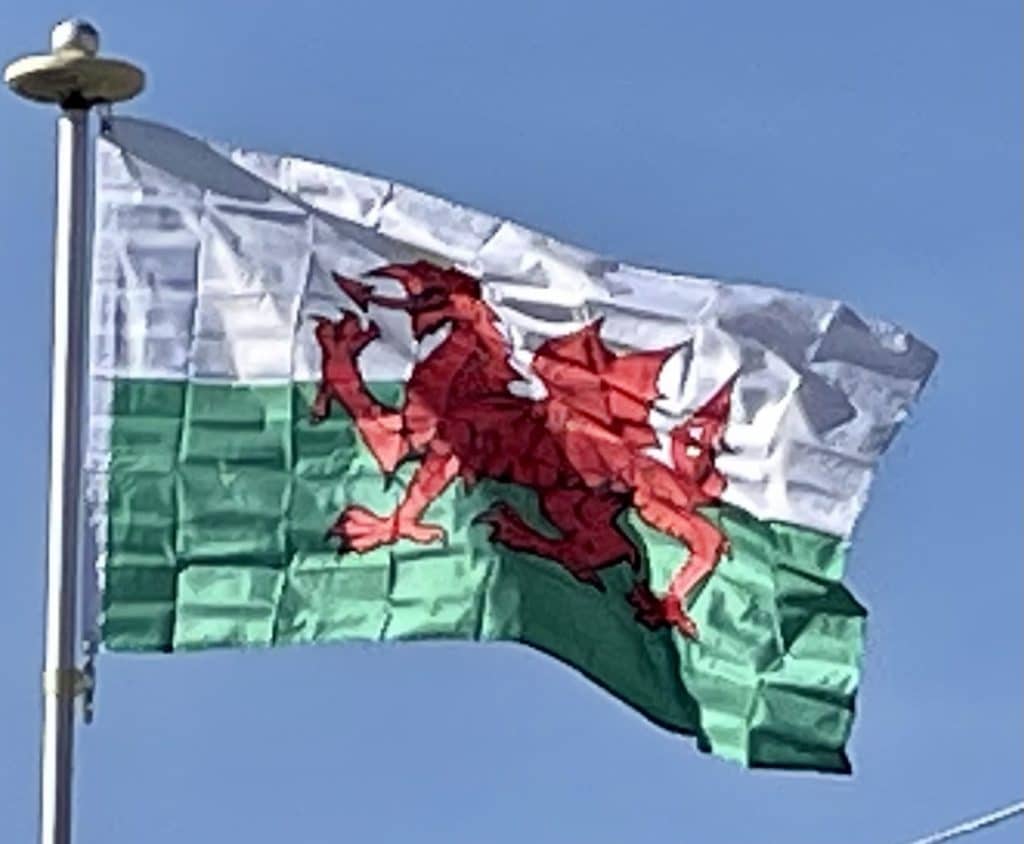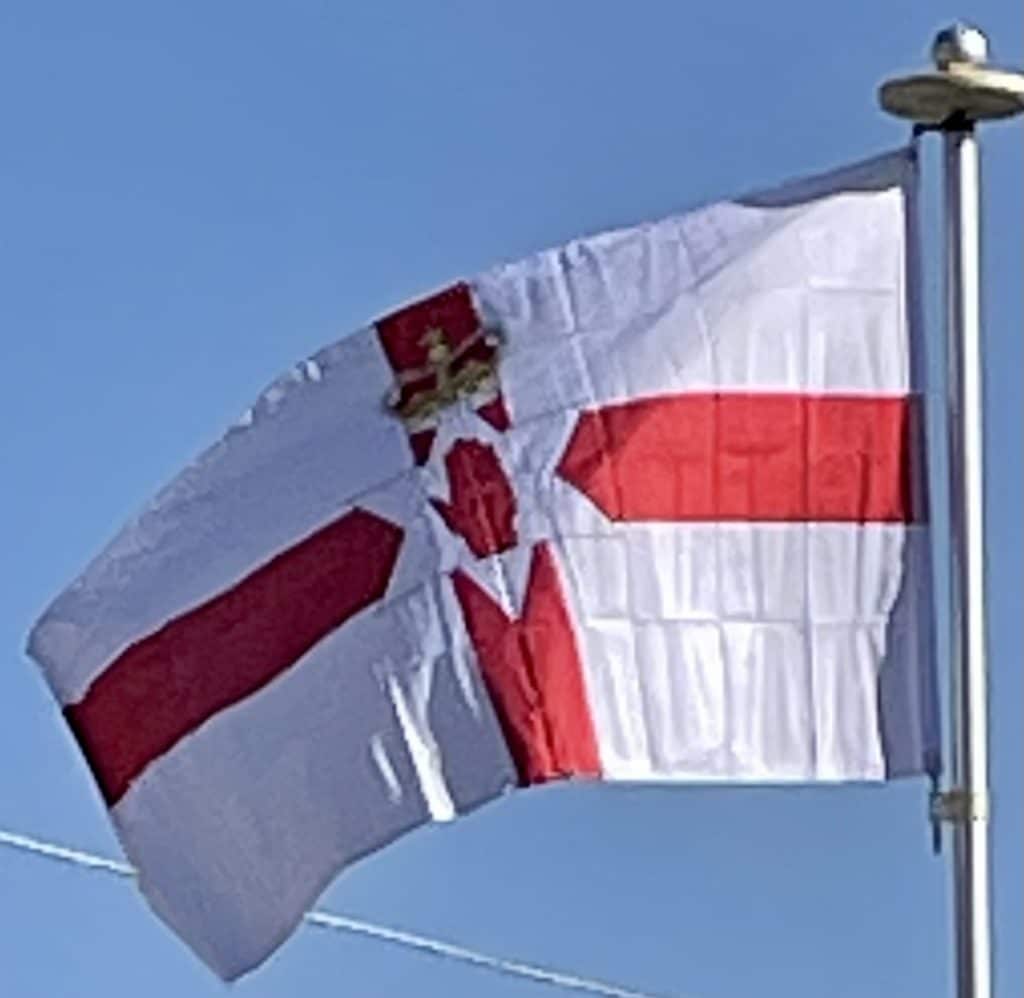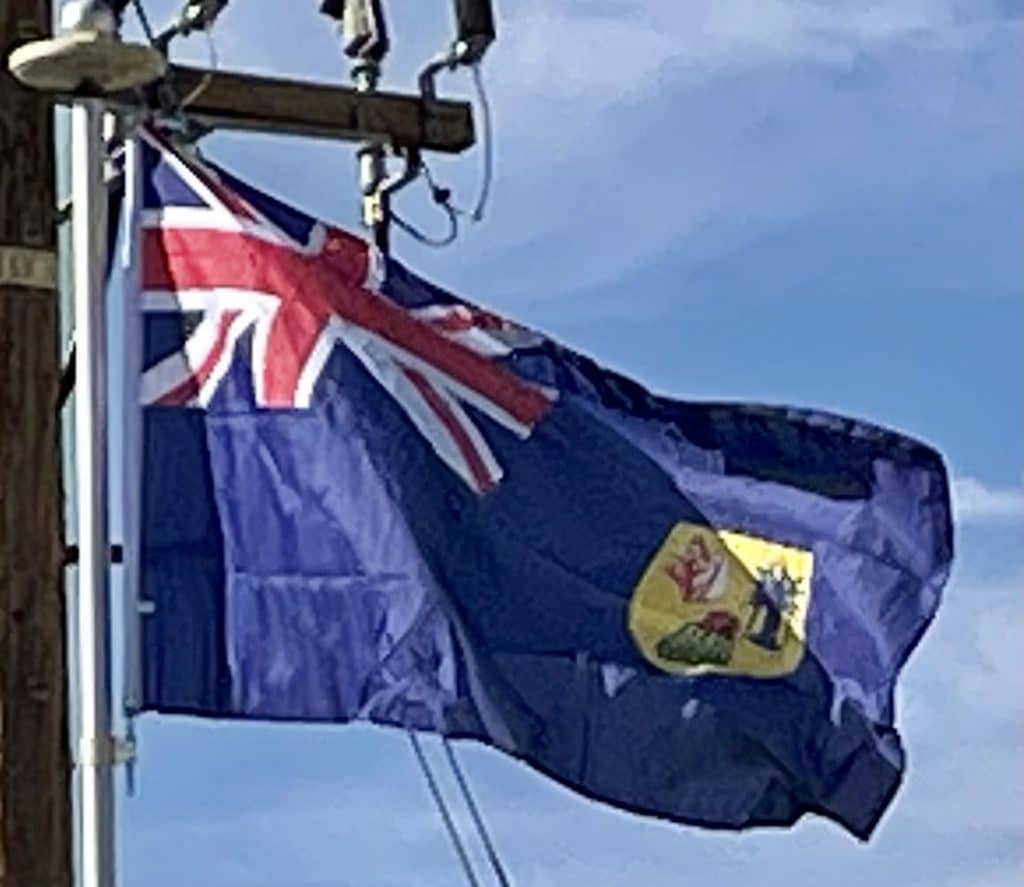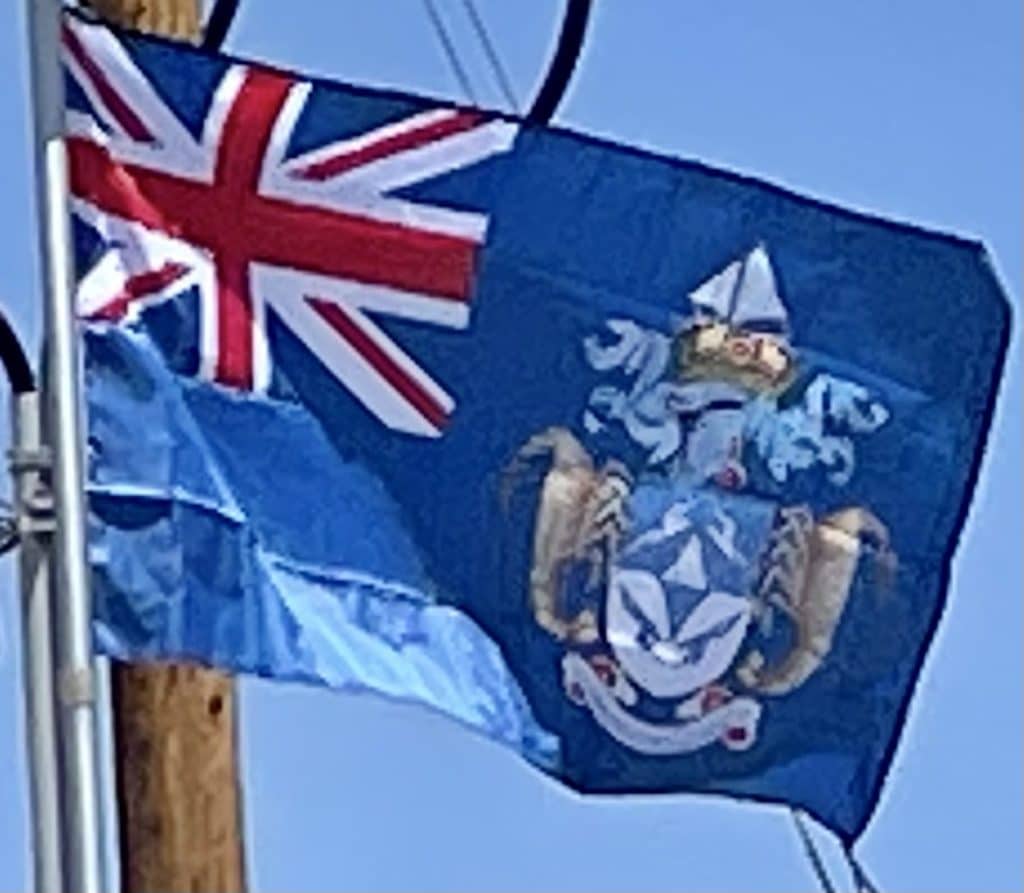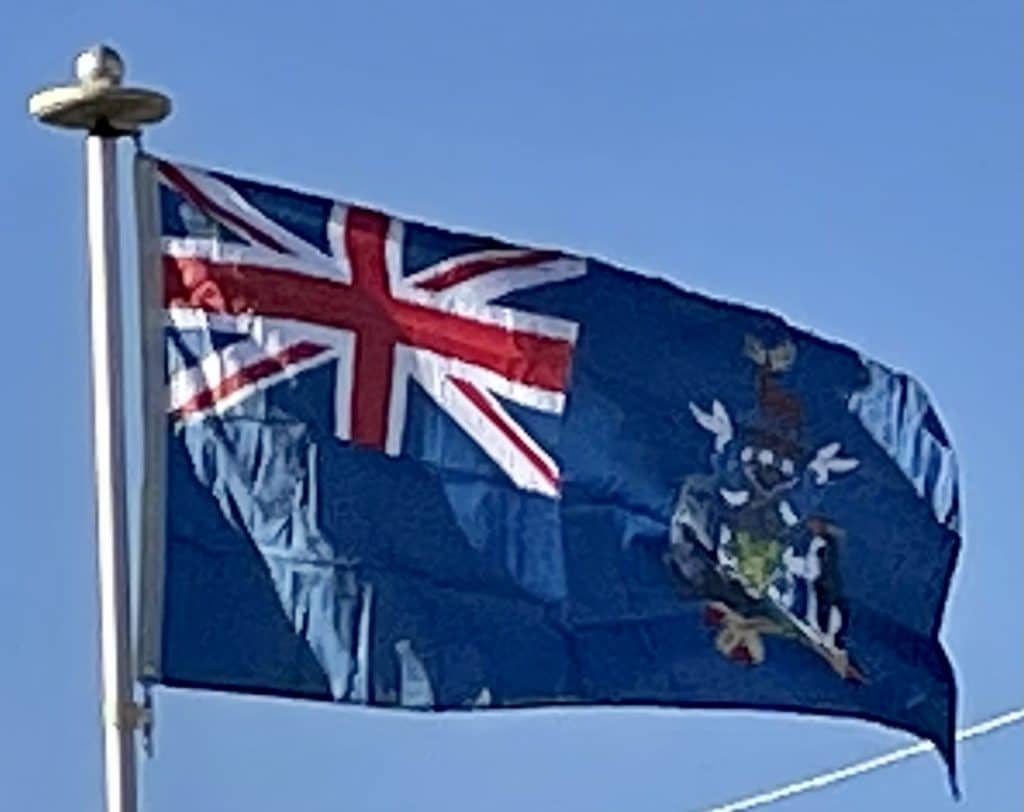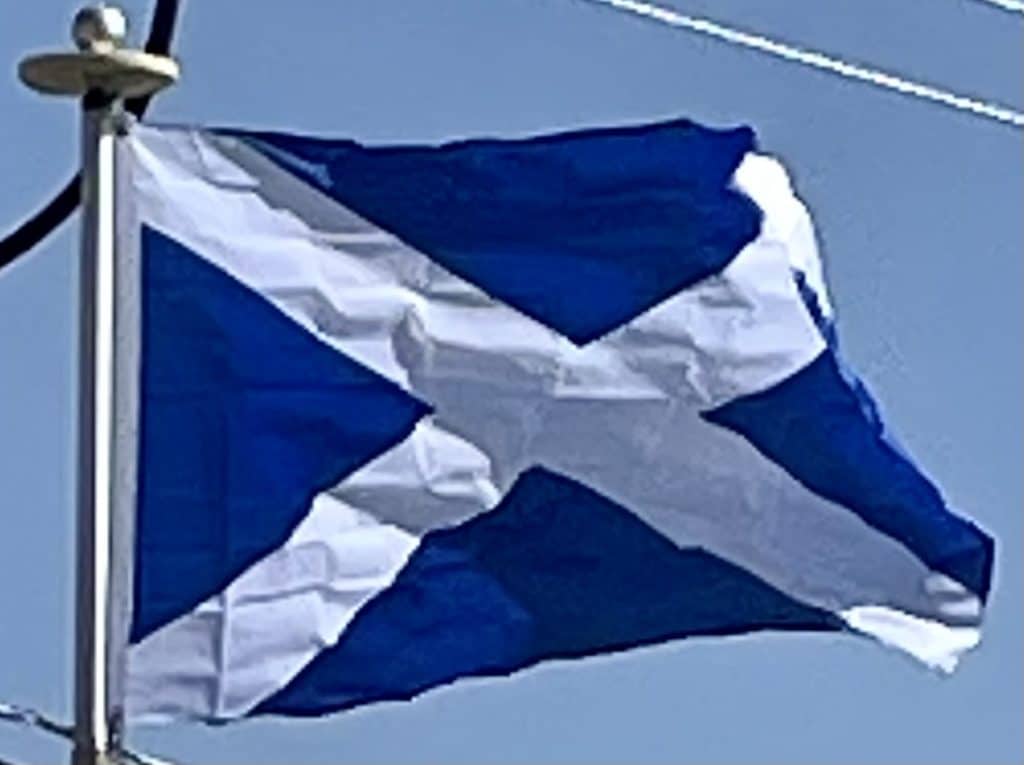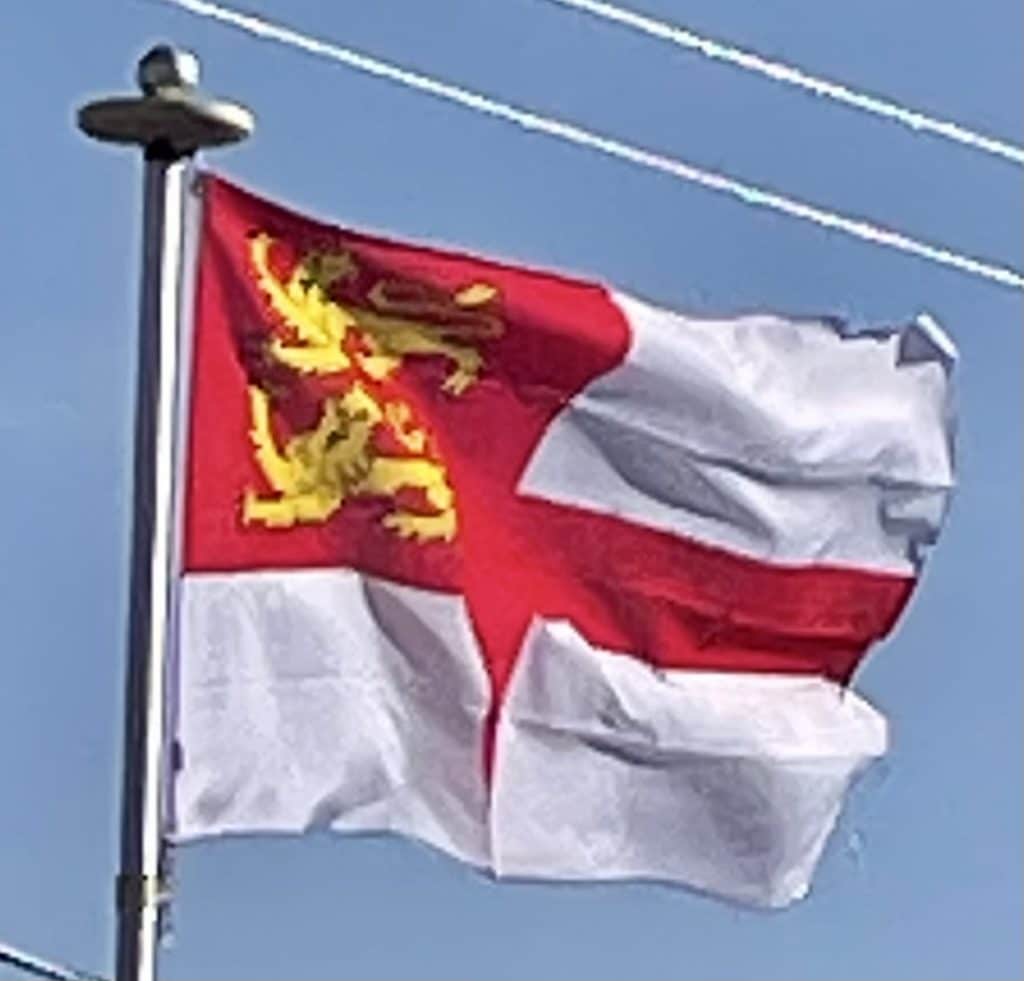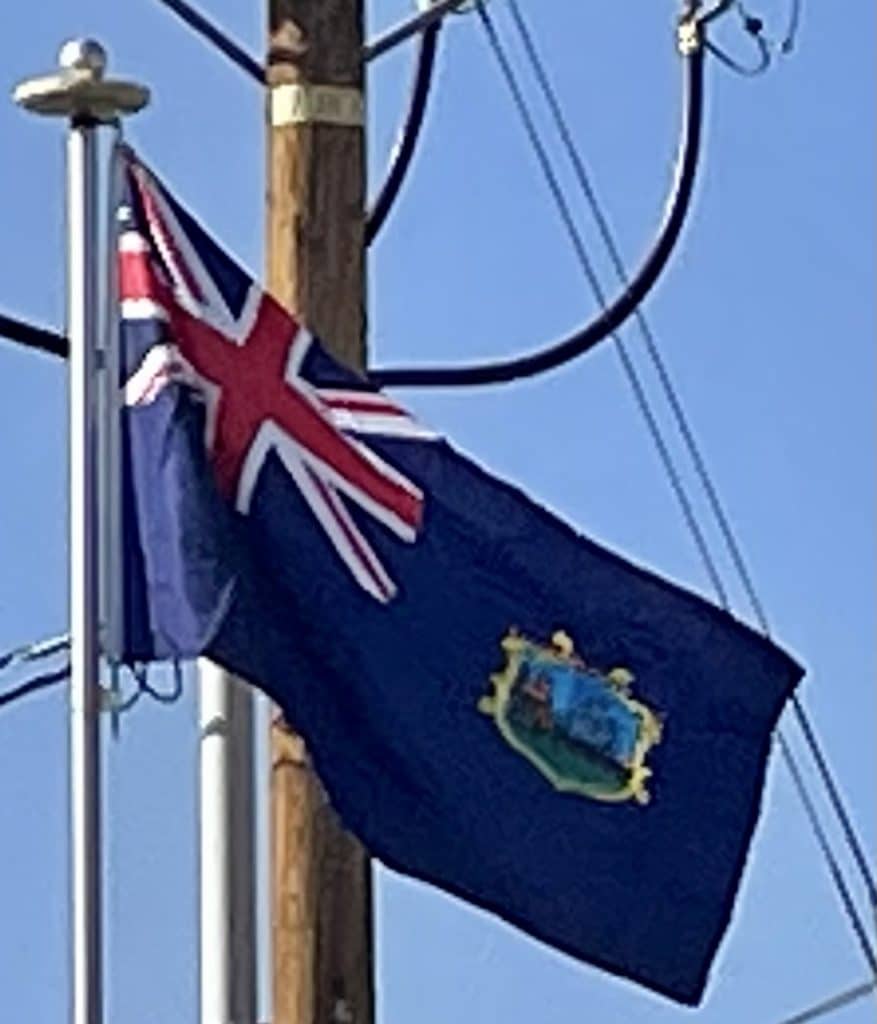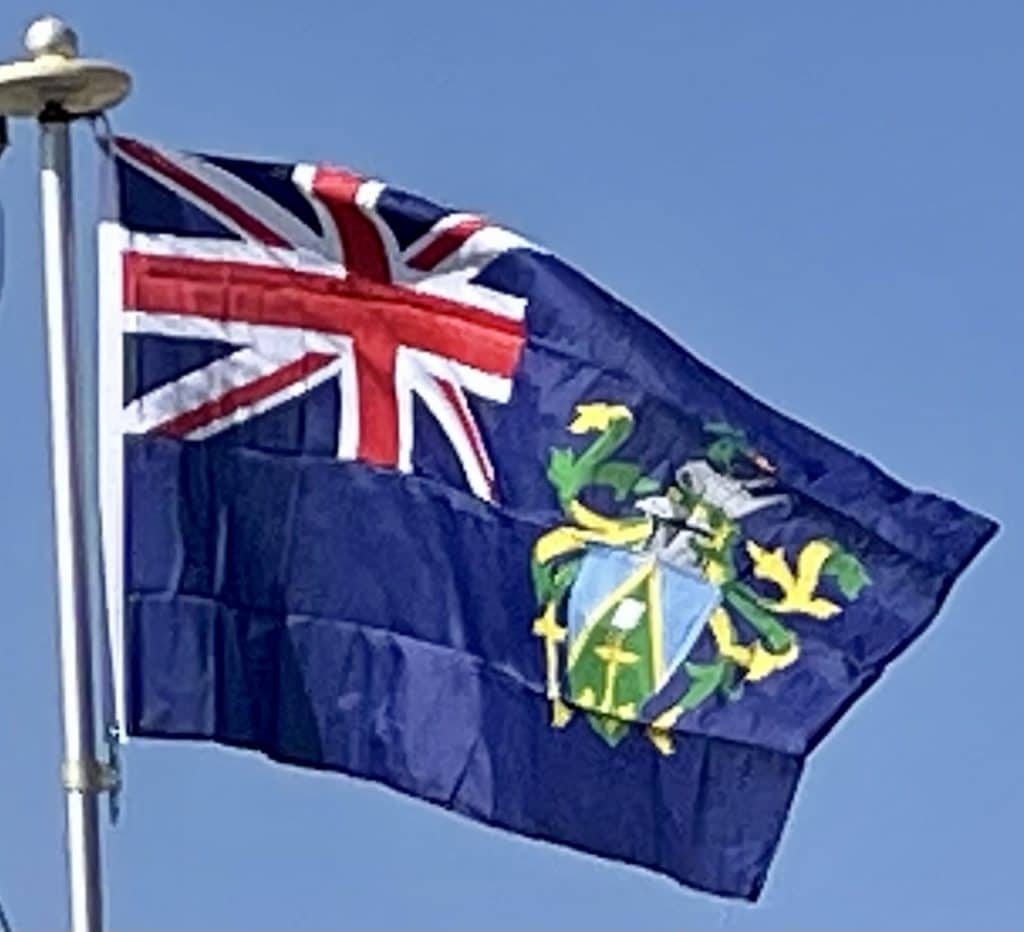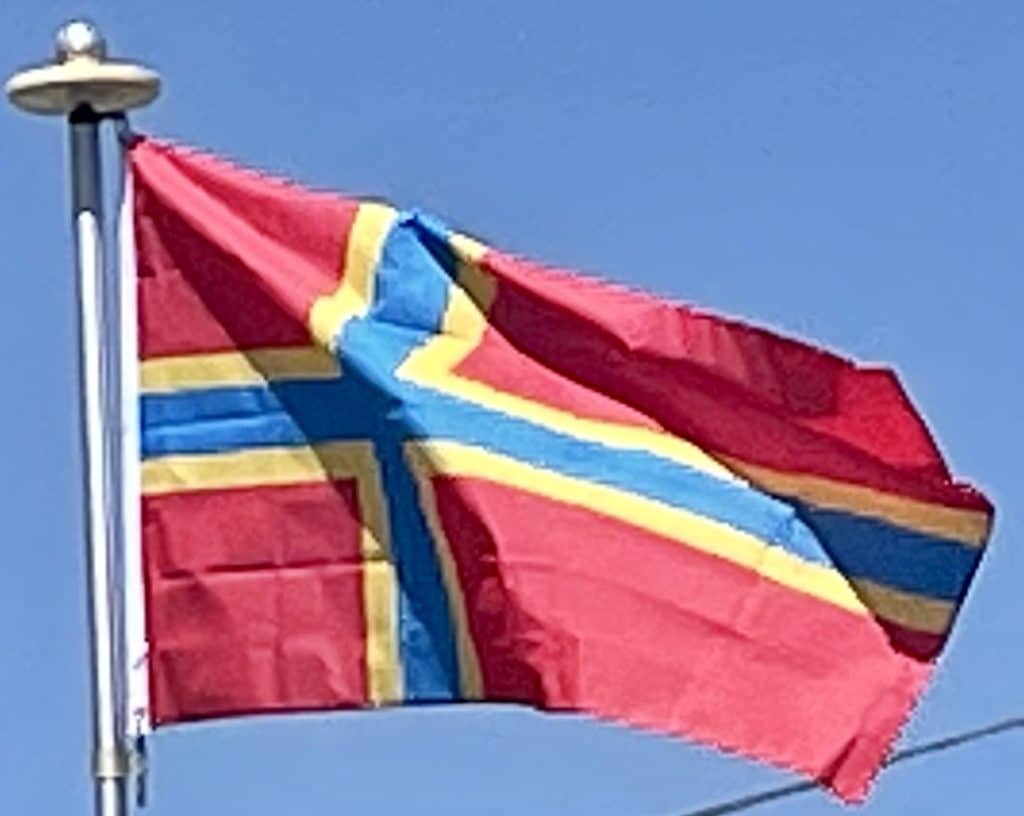Wales
The Flag of Wales consists of a red dragon passant on a green and white field. As with many heraldic charges, the exact representation of the dragon is not standardized and many renderings exist. The flag is not represented in the Union Flag.
The flag incorporates the red dragon of Cadwaladr, King of Gwynedd, along with the Tudor colors of green and white. It was used by Henry VII at the Battle of Bosworth in 1485, after which it was carried in state to St Paul’s Cathedral. The red dragon was then included as a supporter of the Tudor royal arms to signify their Welsh descent. It was officially recognized as the Welsh national flag in 1959. Several cities include a dragon in their flag design, including Cardiff, the Welsh capital.
